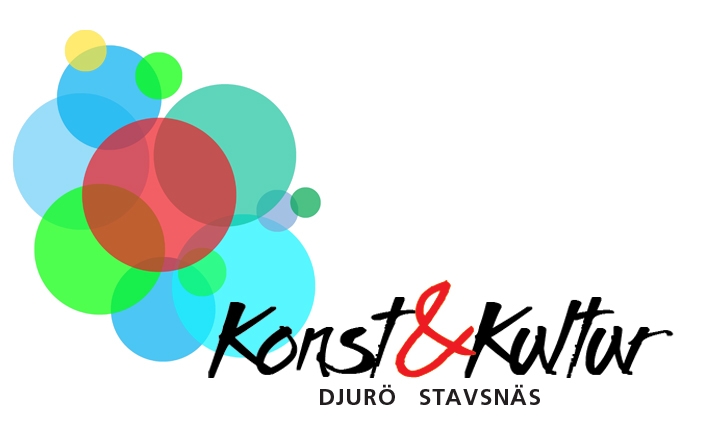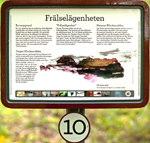Nature and Culture Trail Klockarudden
3. Prehistoric inhabitants
The first humans to arrive in the archipelago came by boat to gather plants, to fish and to hunt seal and seabirds. The landscape was barren and there were still icebergs floating in the open sea. Further in towards the mainland small islands provided sheltered encampments.So what was life like here in the Stone Age?By the Stone Age we mean the period from the end of the Ice Age (about 10,000 B.C.) until the beginning of the Bronze Age (about 1700 B.C.). The entire area was under water during the Stone Age. The sea level was about 25 metres higher than today and the Djurö area consisted of eight small islands. Stone Age man was a hunter and a fisherman, but towards the end of this period people started cultivating the land and keeping livestock.The Stone Age was followed by the Bronze Age, which lasted until about 500 B.C. The number of islands in the Djurö area increased to about 15 but there was still no permanent population. People came here to catch fish and to hunt seal. The sea level was 15 metres higher than it is now.The Bronze Age was followed by the Iron Age. The end of this period was the Viking Age, which lasted until the 12th century. It was during this period that Djurö and the southern Stockholm archipelago started to take on their present appearance, although the sea level was 5 metres higher than today.To reach stop number 4, continue towards the sauna, walk up the steps and turn left.
|












